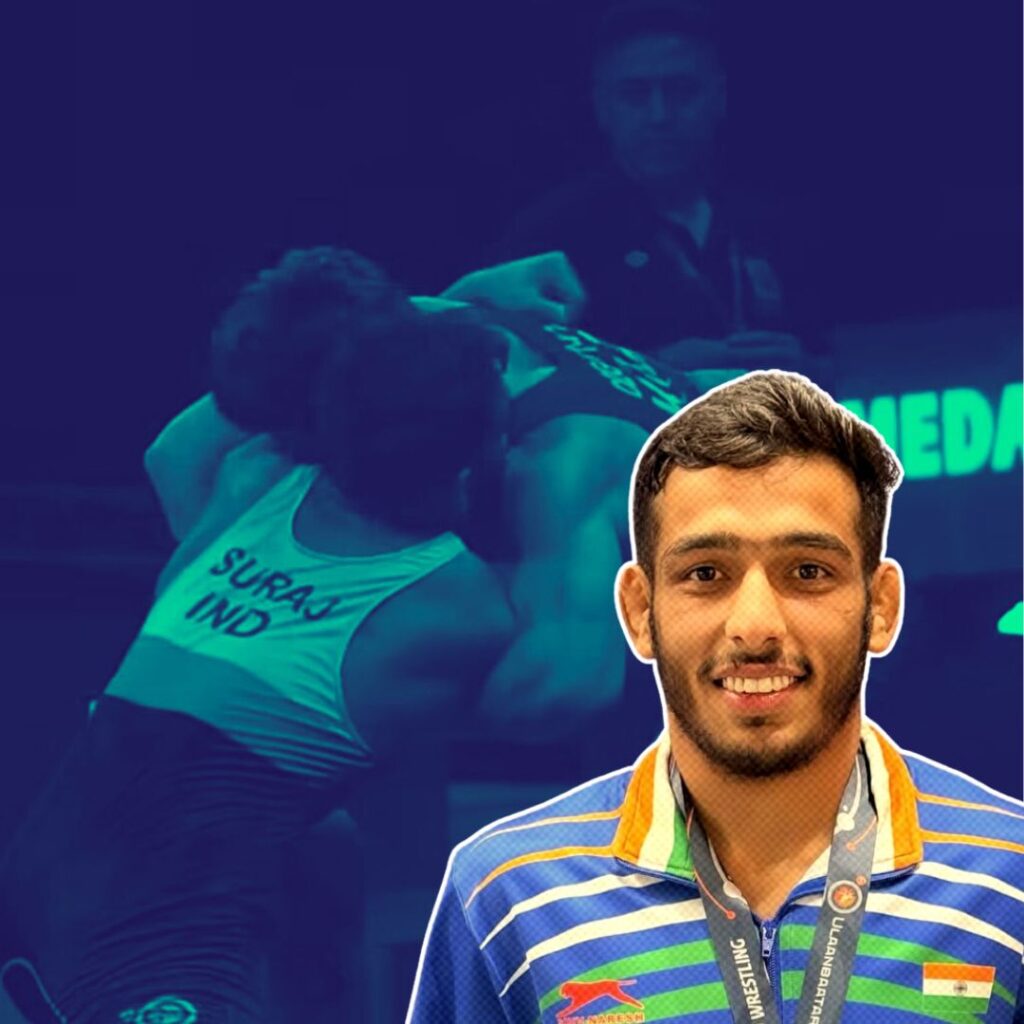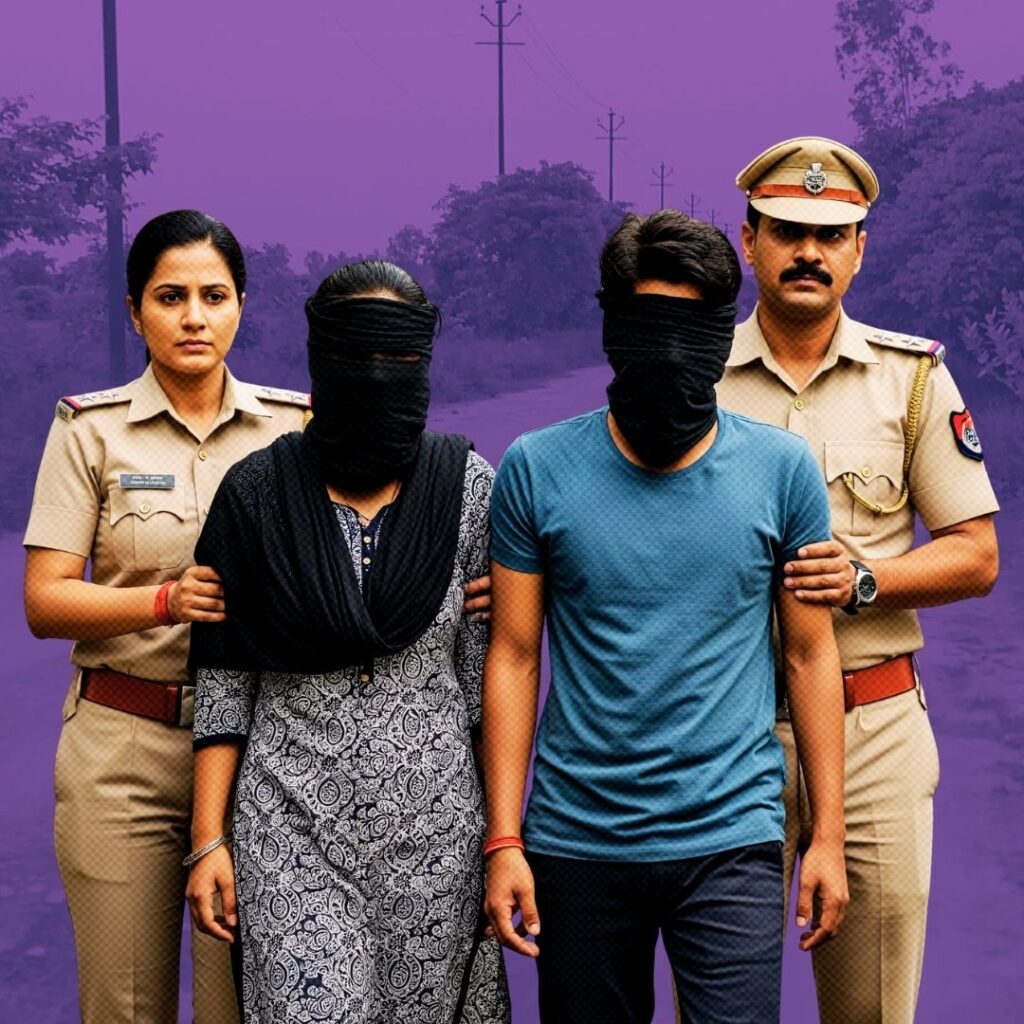Addressing the Lok Sabha on Monday, Union petroleum and natural gas minister Dharmendra Pradhan ordered state-run oil companies to raise subsidised cooking gas (LPG) prices by Rs 4 per cylinder every month to remove all subsidies by March 2018.
Until now, retailers had been raising the price by Rs 2 every month since a July 2016 order from the oil ministry. Oil companies had hiked LPG rates on 10 occasions since that go-ahead.
From June this year, the quantum of the monthly increase doubled and state-run retailers have been raising the price of refills by Rs 4 per month.
“The government vide its order dated May 30, 2017, has again authorised OMCs to continue to increase the effective price of subsidised domestic LPG by Rs. 4 per cylinder effective June 1, 2017, per month (excluding VAT) till the reduction of government subsidy to ‘nil’, or till March 2018, or till further orders, whichever is earliest,” said Pradhan. Oil companies have raised rates twice since then, the last being on July 1 when rates were up by a steep Rs 32 per cylinder — the steepest increase in six years. Goods and Services Tax (GST) also affected the increment.
The price for other subsidised cylinders such as those sealed in 5-kg bottles would be increased proportionately by OMCs, Pradhan added.
With oil prices expected to remain low, the higher quantum of monthly hike could wipe out the subsidy sooner if oil prices fall further.
At present, the government gives a subsidy of a little above Rs 58 on a domestic subsidised LPG cylinder and around Rs 28 is borne by the oil marketing companies. Subsidised LPG now costs Rs 477.46 per 14.2 kg cylinder in Delhi. It was priced at Rs 419.18 in June last year.
Every household is entitled to 12 cylinders of 14.2-kg each at subsidised rates in a year. Any requirement beyond that is to be purchased at market price, which currently stands at Rs 564.
The Logical Indian take
In March 2015, Prime Minister Narendra Modi, under the ‘Give It Up’ campaign, appealed to those able to afford the market price of LPG cylinders to voluntarily renounce their subsidy. In one year, the number of consumers who gave up their LPG subsidy touched 8.22 million, helping the government save Rs 4,166 crore.
As there are thousands below the poverty line, unable to afford cooking gas, the money saved was used to provide them free gas connections.
There are as many as 18.11 crore customers of subsidised LPG in the country, including 2.5 crore poor women who were given free connections during the last one year under the ‘Pradhan Mantri Ujjwala Yojana’ (PMUY). The scheme had been a roaring success.
However, a Scroll report in June showed that an extremely low number of Ujjwala beneficiaries returned for refills. This was further proved by the increase in the gap between consumption (0.8% from 2015-16) and customer growth for LPG (6.2% from 2015-16) in 2016-17.
For Ujjwala beneficiaries, the upfront payment for LPG connections is waived off – they do not have to pay the security deposit or other overhead costs, however, there is no extra concession from the second refill stage. This means that they too have to purchase gas at the market rate – which they simply cannot afford.
This raises serious questions on the logic behind both the ‘Give It Up’ campaign and the Ujjwala Yojana.
In India, LPG and Kerosene are the only fuels regulated independently by the government; the prices of all others are determined by global prices. Despite this, the subsidy provided on LPG is slowly being eliminated and soon everyone, including those below the poverty line, will have to buy the refills at the market rate. There are times when the market rates have gone as high as Rs 740 per bottle. In March this year, the price of non-subsidised LPG was hiked by a steep Rs 86 per cylinder.
The removal of subsidy on cooking gas will impact every citizen of the country. It is essential that the government makes a fresh assessment of its decision to benefit the ones it sought to benefit in the first place – the ones who are unable to afford a basic necessity of life.











